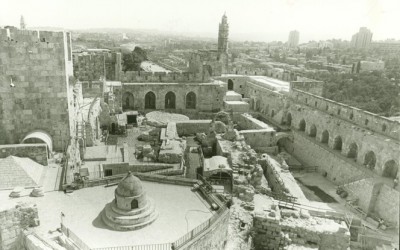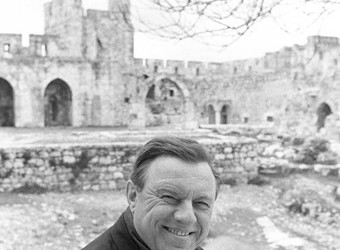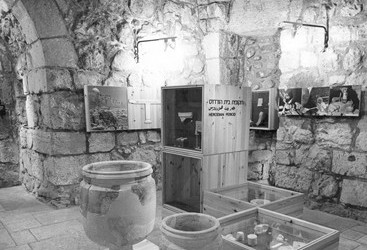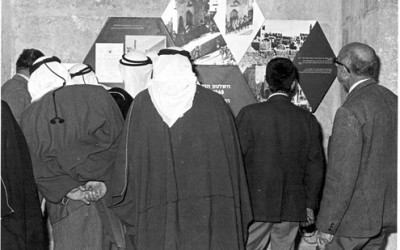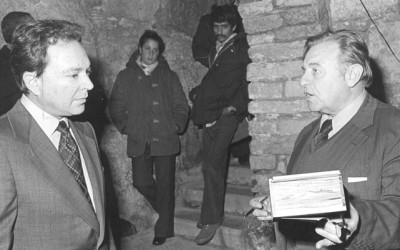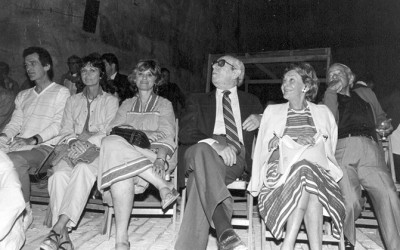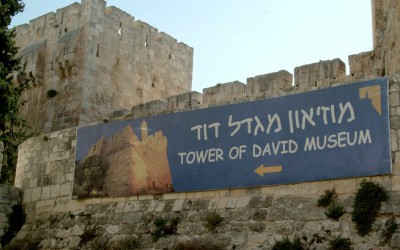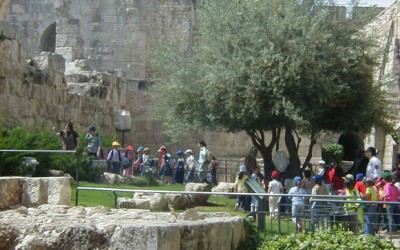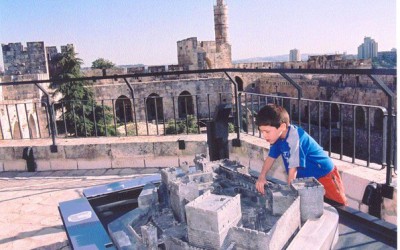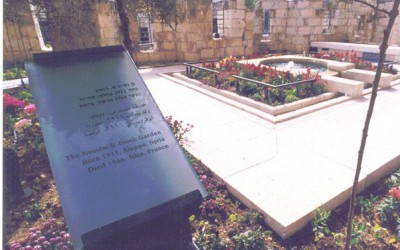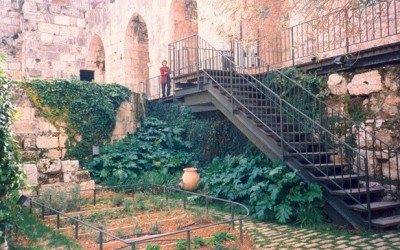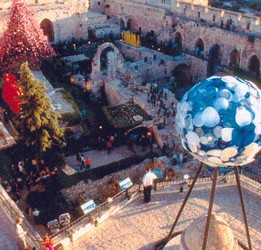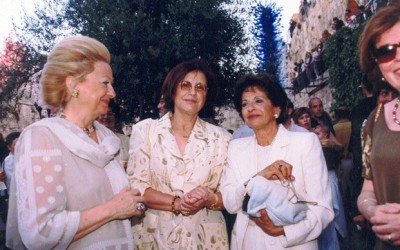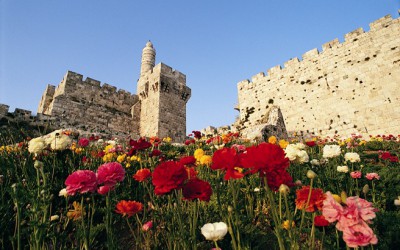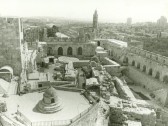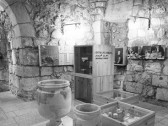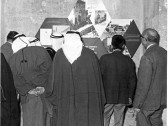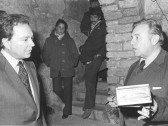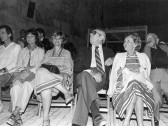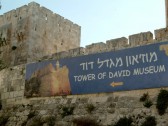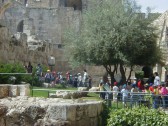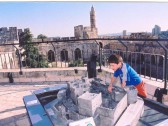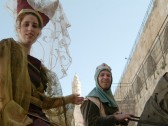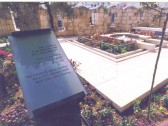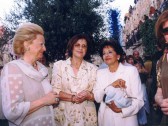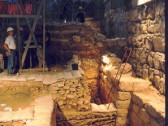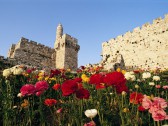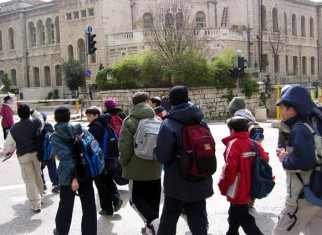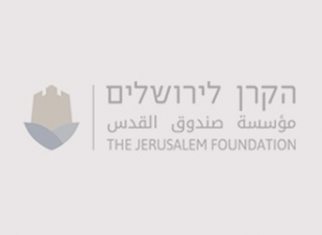About the project
The Tower of David Museum was established in 1983 as the Tower of David Jerusalem City Museum. The museum is located at the 2,500 year-old citadel known as the Tower of David just beyond Jaffa Gate in the Old City’s Armenian Quarter. The museum chronicles the history of the city and the numerous peoples who have left their mark on it over the course of 4,000 years through exhibits and archeological ruins. The museum is a stop on almost every tourist’s visit to the city, a host for school groups, and a venue for public events. The Jerusalem Foundation began work to establish the museum in 1977. It has since supported the museum’s physical development including archeological excavations that led to the creation of the Elias Sourasky Archeological Garden, restoration of the Medieval Hall and Phasael Tower Observatory, creation of the Nissim S. Dwek Garden near the museum entrance and the Nehama & Menache Mani Herb Garden in its courtyard. In 2002, the Foundation began support for an archeological excavation of what is believed to be the palace compound of King Herod the Great, built around 23 BCE, which was discovered during excavations at the Kishle, a Turkish prison and barracks built in 1837 against the Old City walls, which the museum wished to convert to an education center. The Jerusalem Foundation has supported the development and installation of many exhibits at the Tower of David Museum, including the Jerusalem Characters exhibit, a sound and light show and the Homage to Jerusalem exhibit of glass works by American artist Dale Chihuly in 1999 that was one of the museum’s most popular exhibits in its history. Chihuly installed his playful work built from more than 10,000 pieces and 42 tons of glass throughout the archeological ruins and dramatic spaces of the museum with a team of 30 people from his Seattle studio and 20 local workers and volunteers.

